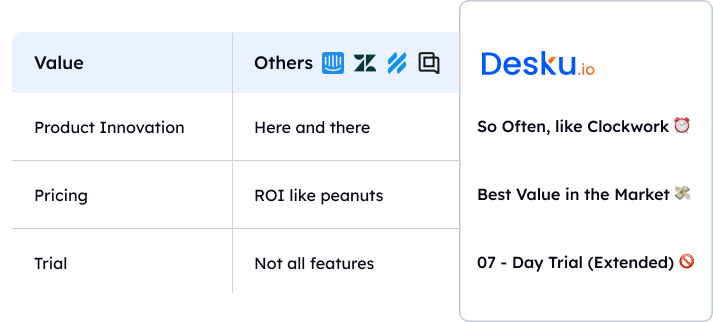Return on Investment (ROI) is a key tool for assessing the success of investments. Knowing how this measure works can influence decisions in many fields.
The ROI calculation digs into the core of financial success. It provides key insights for best using resources and boosting returns.
By studying the details of ROI, one can uncover a variety of strategic options for strong financial results.
I. Definition of Return on Investment
Return on Investment (ROI) measures how well an investment pays off. It's a financial tool that compares profit to cost. To grasp its benefits, you need a simple calculation. You divide the investment's gains by its cost.
This method lets both people and businesses judge the returns from their investments. It guides them to make wise decisions to reach their goals and satisfy their stakeholders.
II. Calculation of Return on Investment
To work out the return on investment for a project or asset, you need to weigh up the financial gain against the initial cost. You usually do this by dividing the net profit by the initial investment.
This is key in measuring returns from real estate properties. Things like rent income, property value increase, and running costs affect the final ROI calculation.
III. Importance of Return on Investment
Knowing how to evaluate return on investment matters for making smart financial decisions across many sectors. By figuring out ROI, groups can judge the profit of investments. This helps with growing financially and planning strategically.
This measure gives useful insights into how well investments work. It aids businesses in using resources well. In the end, a deep understanding of ROI lets stakeholders make decisions based on data. These decisions lead to success and lasting operations.











